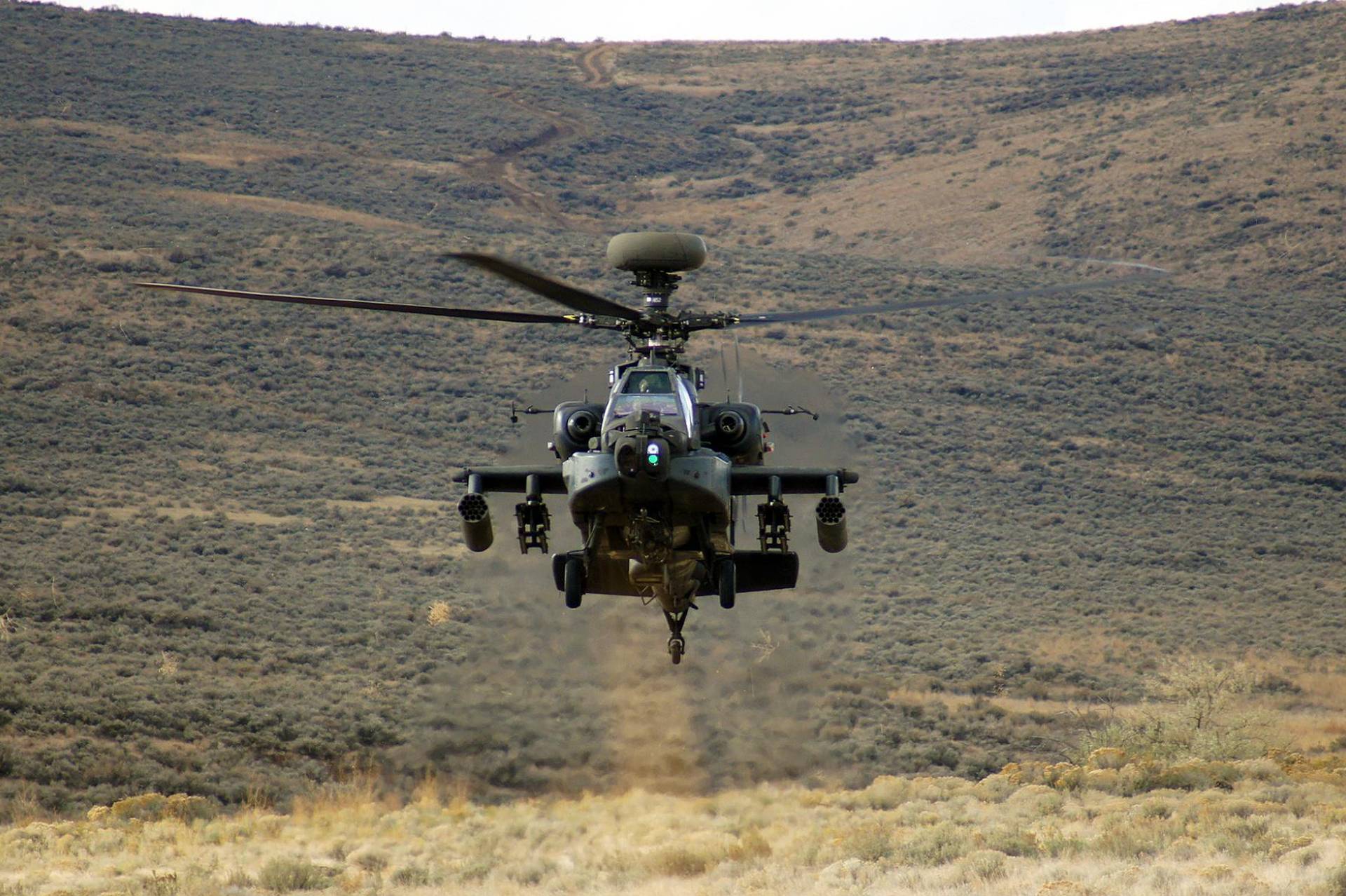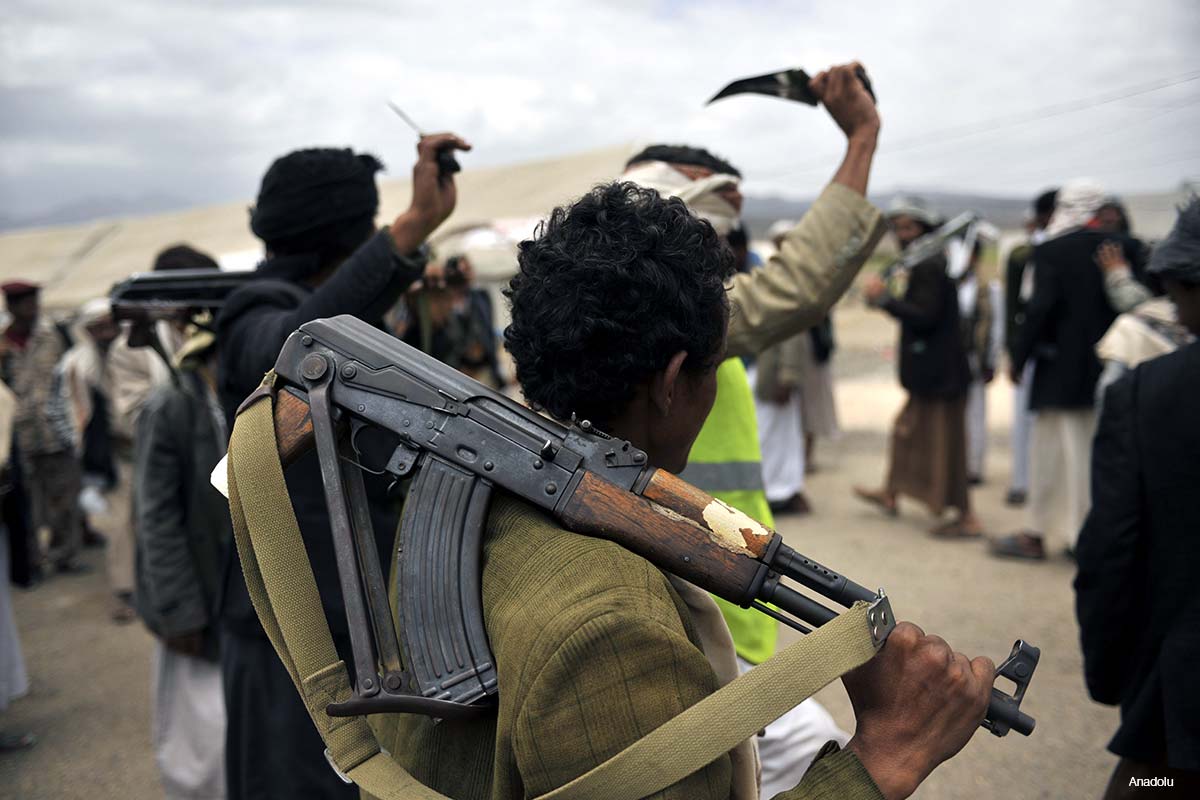In late March, the Army accepted delivery of the 100th AH-64E Apache helicopter.
The “Echo” model is a complete rebuild of the AH-64D model. It includes an improved drive system, composite main rotor blades, a more powerful 701D GE engine, is fully digitized, and has level-4 manned-unmanned teaming, which allows pilots to control unmanned aerial systems – such as the Gray Eagle.
The Echo model, “can fly higher, faster and further than the D model – and the D model is an extremely capable aircraft,” said Col. Jeffrey Hager, the Apache project manager.
Hager spoke, March 31, during a media event at the Army Aviation Association of America conference in Nashville, Tennessee.
“But this aircraft outperforms and outdoes the Delta model to date,” Hager said. “The enemy continually [was] thrown off-base because the Echo showed up to combat operations well before the Delta could have under the same conditions.”
The AH-64E’s recent success came in Afghanistan with the 1-229th Attack Reconnaissance Battalion, or ARB, out of Joint Base Lewis-McChord, Washington. The unit was the first to be fielded with the aircraft.
“They flew nearly 11,000 combat hours – that’s absolutely phenomenal for what we have done with the Echo – since it’s a brand new airframe,” he said. “The enemy had to change up their combat operations in order to combat the effectiveness of the Echo model.”
Hager said the 1-101st ARB out of Fort Campbell, Kentucky, will continue with that success when they replace the 1-229th in Afghanistan later this fiscal year. The 1-25th ARB has also been fielded with the AH-64E Apache. And already, training coordination has begun for the fourth unit to be equipped with the aircraft, the 3-301st ARB, out of Fort Campbell, Kentucky.
The Echo model has maintained 80 percent operational readiness rates, whether in combat or in peacetime operations, Hager said.
The Army plans to have an all-Echo model Apache fleet, for a total of 690 aircraft.











